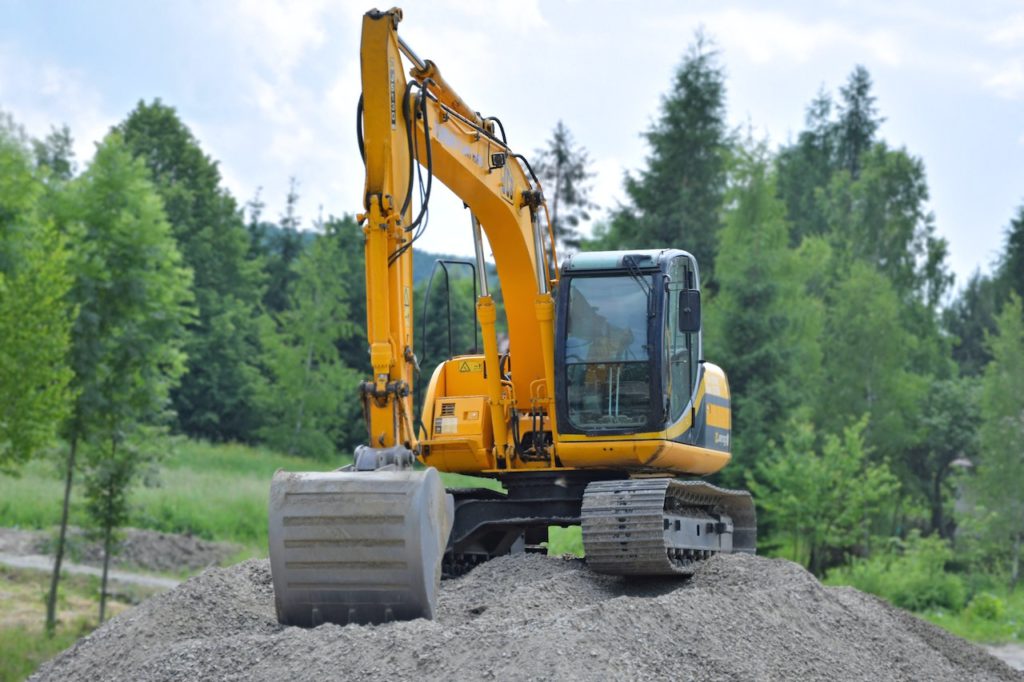In construction and civil engineering, two terms echo through the depths, signifying a crucial aspect of modern infrastructure development: services excavation and underground boring. As cities expand vertically, the need to grow horizontally also becomes imperative. This expansion requires intricate planning and execution, especially regarding the invisible networks that power our lives. Here, services excavation and underground tedious step into the spotlight, offering innovative solutions that lay the foundation for our interconnected world.
The Depths of Services Excavation
Services excavation, often regarded as the first chapter in the book of urban development, is the meticulous process of uncovering existing utility lines. Like arteries in a living organism, these lines carry essential services such as water, electricity, gas, and telecommunications. Ensuring the safety and integrity of these lines is paramount before any construction project commences. That’s where services excavation plays a pivotal role.
Imagine a bustling city street. Beneath the asphalt and concrete, a labyrinth of pipes and cables crisscrosses the ground. Before a new building can rise, these existing services must be carefully exposed and assessed. This process demands precision, knowledge, and state-of-the-art equipment to avoid community disruptions and prevent accidents. Services excavation professionals are the unsung heroes of urban progress, ensuring that the existing infrastructure remains intact and functional.
Delving into the Depths with Underground Boring
Once the existing services have been carefully examined and mapped, the focus shifts to expanding these networks. This is where underground boring takes centre stage. Unlike traditional excavation methods, underground boring allows the installation of new utility lines with minimal surface disruption. This innovative technique enables engineers to tunnel beneath obstacles such as roads, buildings, and natural formations, making it an invaluable tool in urban development projects.
Underground boring involves the use of specialized machinery equipped with cutting-edge drilling technology. These machines burrow underground, creating pathways for utility lines without disturbing the surface. This method reduces the inconvenience caused to the public and minimizes environmental impact, making it an environmentally friendly choice for expanding infrastructure networks.

Innovation and Sustainability: The Dual Focus of Modern Infrastructure
In today’s fast-paced world, innovation and sustainability go hand in hand. Services excavation and underground boring exemplify this synergy by offering advanced solutions that meet the demands of urban expansion and prioritize environmental conservation. The ability to install new utility lines with minimal disruption to the surroundings ensures that cities can grow sustainably without compromising the quality of life for their residents.
One of the significant advantages of underground boring is its ability to preserve green spaces and natural habitats. Traditional excavation methods often require extensive land clearing, leading to deforestation and habitat destruction. Conversely, underground boring treads lightly on the environment, allowing trees to stand tall and ecosystems to thrive. This approach aligns with the global push for sustainable development, ensuring that progress does not come at the cost of nature.
The Future of Urban Development: Integrating Technology and Expertise
As we peer into the future of urban development, services excavation and underground boring are poised to play even more significant roles. Advancements in technology, such as robotics and artificial intelligence, are revolutionizing these processes. Robotic excavators with sensors and cameras can navigate underground networks with unparalleled precision. Similarly, AI-driven algorithms optimize boring routes, reducing time and resources while maximizing efficiency.
Moreover, integrating Geographic Information System (GIS) technology enhances the accuracy of mapping existing services. GIS tools provide real-time data, allowing engineers to make informed decisions swiftly. This fusion of technology and expertise ensures that urban development projects are executed seamlessly, meeting deadlines and budget constraints while upholding safety standards.
Beneath the Surface, Beyond the Horizon
In the ever-expanding canvas of urban landscapes, services excavation and underground boring are the brushstrokes that weave intricate patterns beneath the surface. Their silent yet powerful presence enables cities to grow, evolve, and connect. These techniques, driven by innovation and guided by expertise, exemplify the harmonious relationship between humanity and the environment.
As we celebrate the pioneers of services excavation and underground dull, we also acknowledge the responsibility that comes with these advancements. We are responsible for preserving, protecting, and nurturing our world as we continue to build upon it. In the depths below, where unseen networks thrive, lies the promise of a future where progress is measured in skyscrapers and the sustainable harmony between urban life and the natural world.
